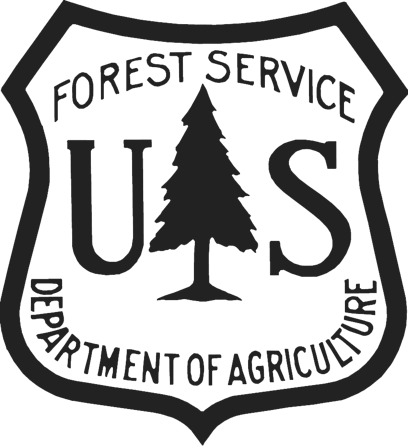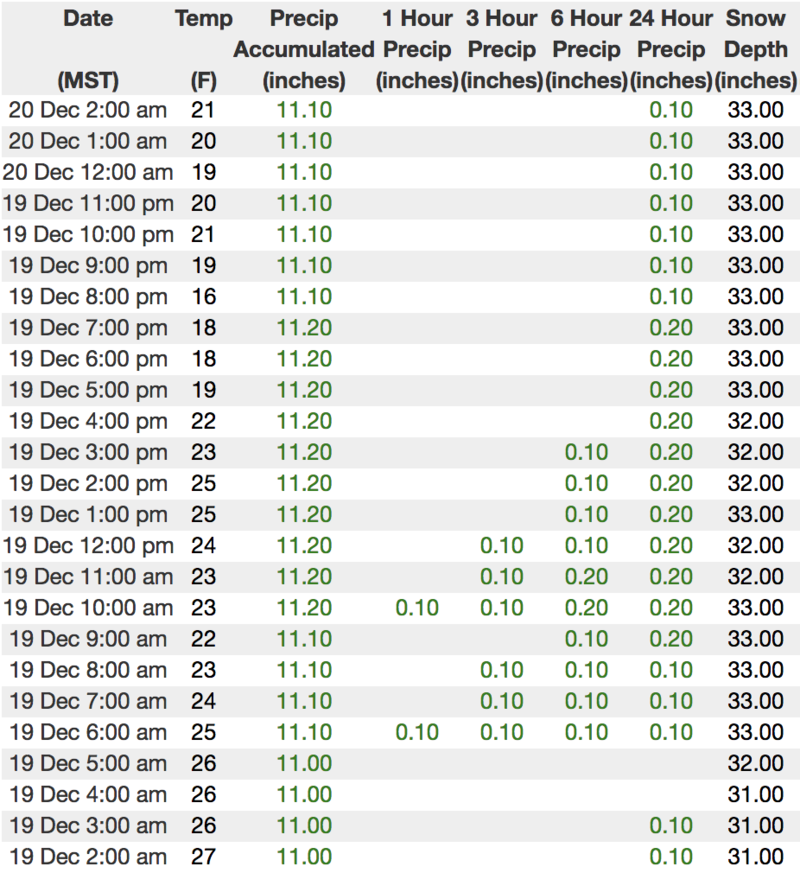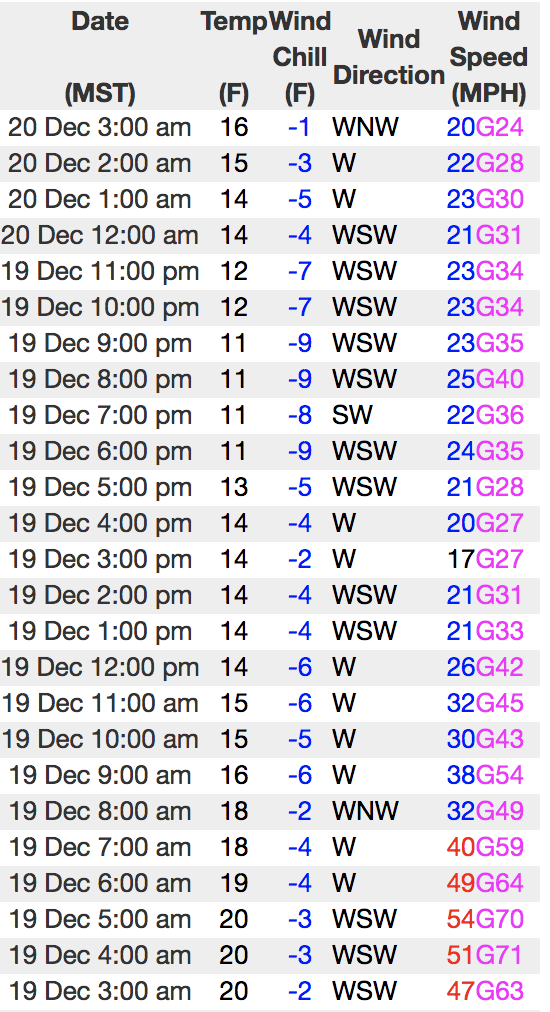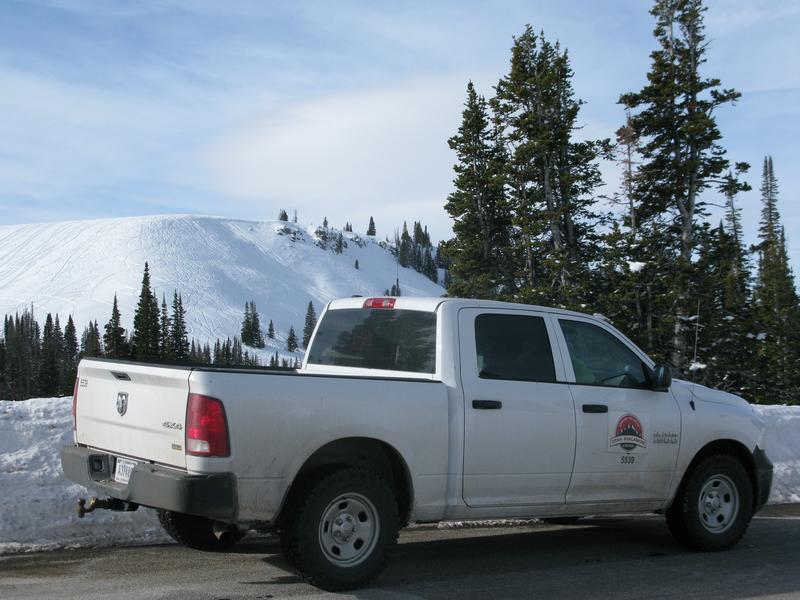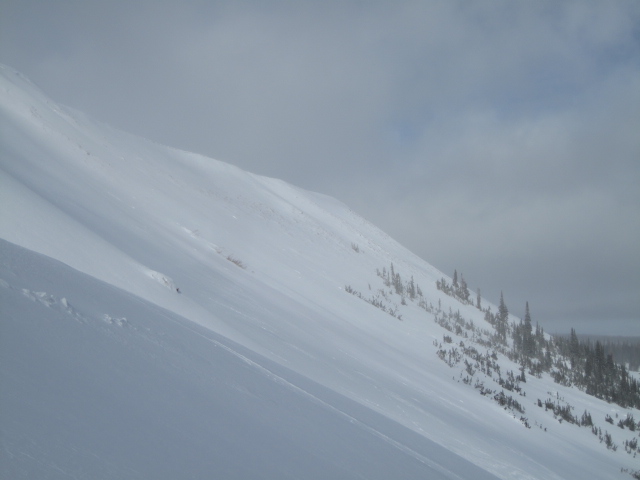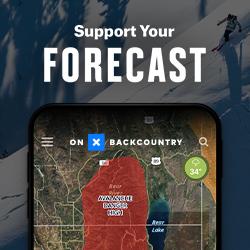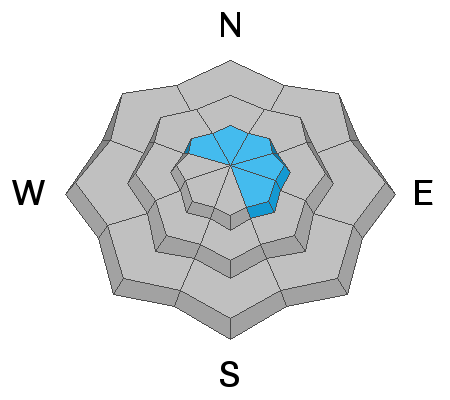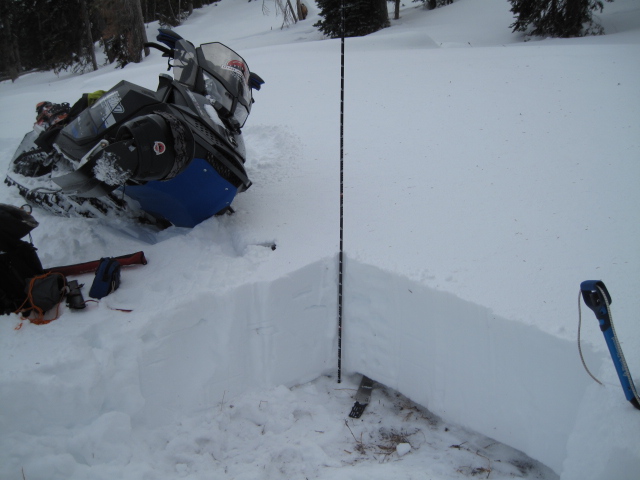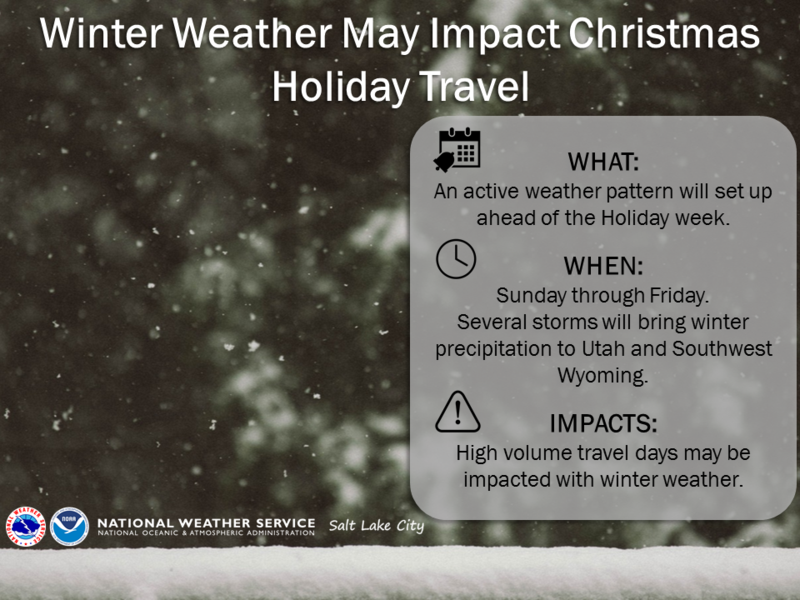Forecast for the Uintas Area Mountains

Issued by Craig Gordon on
Thursday morning, December 20, 2018
Thursday morning, December 20, 2018
While most terrain offers LOW avalanche danger, at and above treeline, in the wind zone, the avalanche danger is MODERATE. Human triggered avalanches are possible in steep, wind drifted terrain, especially on slopes facing the north half of the compass and particularly on those with an easterly component to their aspect. In addition, while becoming harder to initiate, human triggered avalanches breaking into deeper, buried weak layers is a distinct possibility, particularly on any steep slope harboring old snow near the ground. Remember- triggering a slide that breaks to old snow will immediately ruin your day.
Lose a little elevation or swing around to slopes with no old snow near the ground and the avalanche danger drops dramatically.
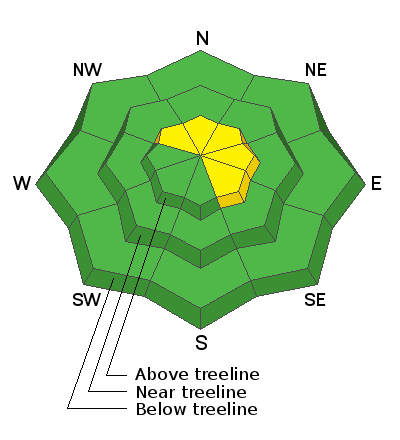
Low
Moderate
Considerable
High
Extreme
Learn how to read the forecast here


